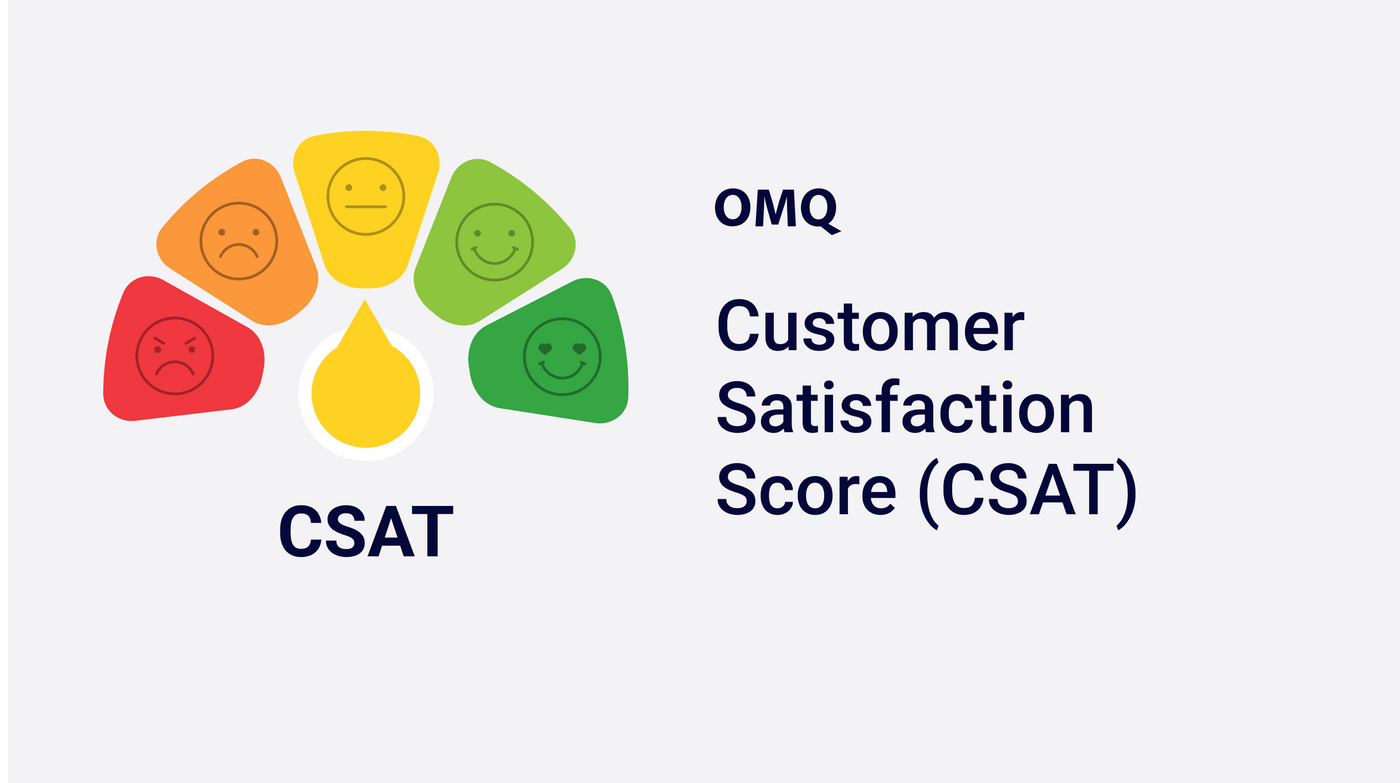Customer Service
Conversational Commerce: Definition, Benefits, and Examples
Conversational Commerce: Learn how businesses optimize the sales process, enhance customer satisfaction, and handle service requests more efficiently by integrating chatbots, voice assistants, and messaging services. Benefits and successful examples!
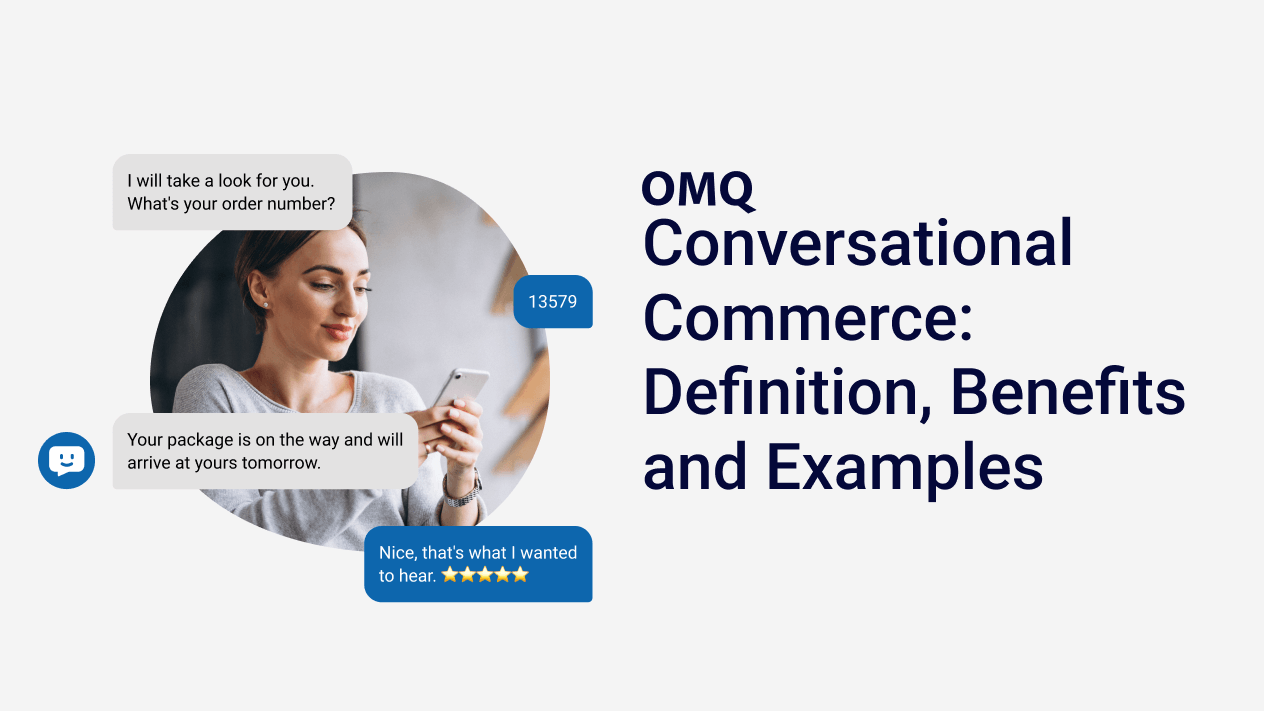
Conversational Commerce is an emerging technology in e-commerce that has the potential to revolutionize online shopping. By utilizing messaging apps, chatbots, and voice assistants, Conversational Commerce enables a personalized and seamless shopping experience.
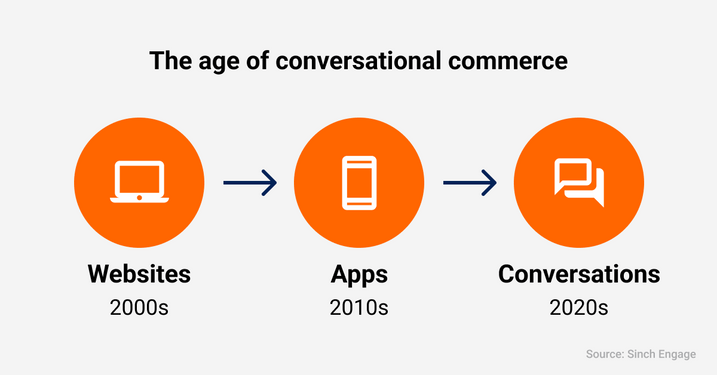
Evolution of Conversational Commerce.
In this article, we will look at what Conversational Commerce is, the benefits it offers, and provide some examples.
What is Conversational Commerce?
Coined by Chris Messina of Uber in 2015, Conversational Commerce refers to an emerging technology in the field of e-commerce that has the potential to revolutionize how businesses and customers interact. At its core, it’s about facilitating customer interactions and purchases through messaging apps, chatbots, and voice assistants.
Conversational Commerce is the fusion of retail and digital communication channels. It allows customers to search for products, ask questions, and make purchases - all within a single platform. This provides a seamless shopping experience and allows customers to interact with brands in the same way they would with friends and family.
At the heart of Conversational Commerce are various technologies:
-
Chatbots are programs that use Artificial Intelligence (AI) and Natural Language Processing (NLP) to simulate conversations with users. They can be available around the clock and handle hundreds of inquiries simultaneously. This makes them an efficient tool for customer service.
-
Voice commerce enables purchases through voice-activated services like Amazon Alexa, Google Home, and Apple Siri. This provides a hands-free shopping experience that’s particularly useful for people with limited mobility or those who multitask.
-
Social messaging apps like WhatsApp, Facebook Messenger, and WeChat enable communication, product recommendations, and purchases directly through chats. This provides a convenient and familiar shopping experience.
-
Live chat enables real-time communication with customer service representatives to clarify inquiries and provide personalized support. This gives businesses the opportunity to offer a high level of customer service while simultaneously gathering valuable information about customers’ needs and preferences.
Conversational Commerce is more than just a new technology - it’s a new way of doing business. By creating personalized, seamless, and efficient shopping experiences, Conversational Commerce has the potential to transform e-commerce and redefine how businesses interact with their customers.
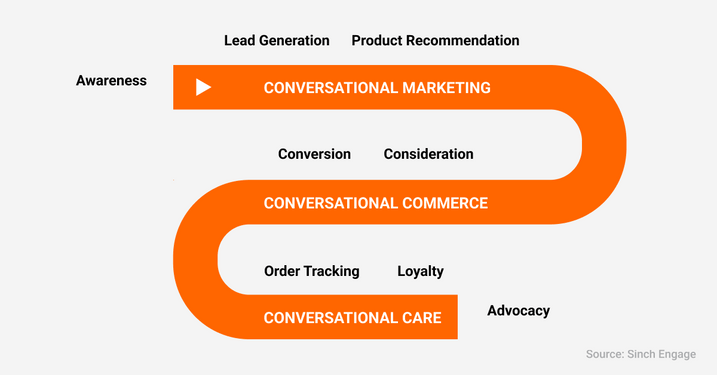
Conversational Commerce throughout the Customer Journey.
Types of Conversational Commerce
- Chatbots: They use AI and Natural Language Processing to simulate conversations, answer questions, give recommendations, and guide customers through their purchasing process. They are available around the clock and can handle hundreds of inquiries simultaneously, making them an efficient tool for customer service.
- Voice commerce: Here, purchases can be made through voice-activated services such as Amazon Alexa, Google Home, and Apple Siri. This allows for a hands-free shopping experience that is especially useful for customers with limited mobility or for those multitasking.
- Social messaging apps: Platforms like WhatsApp, Facebook Messenger, and WeChat enable communication, product recommendations, and purchases directly via chats. This offers a convenient and familiar shopping experience for customers.
- Live chat: Here real-time communication with customer service representatives takes place to clarify inquiries and provide personalized support. This allows businesses to offer a high level of customer service while simultaneously gathering valuable information about the needs and preferences of customers.
Benefits of Conversational Commerce
Conversational Commerce offers a range of benefits that are substantial for both businesses and customers:
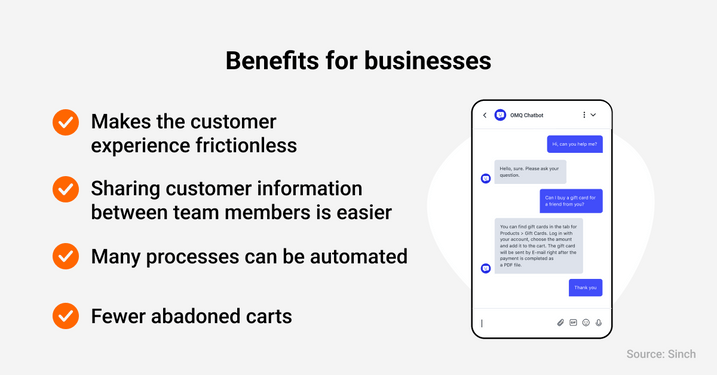
Benefits for Companies.
-
Personalized customer experience: Through Conversational Commerce, businesses can offer personalized shopping experiences. Chatbots and voice assistants can make tailored product suggestions to customers based on their previous behavior and preferences.
-
Improved customer service: Conversational Commerce allows businesses to offer customer service around the clock. This is particularly advantageous for businesses operating globally that need to serve customers in different time zones. Furthermore, automated responses to frequently asked questions can be provided through the use of AI and machine learning, improving the efficiency of customer service.
-
Increased conversion rates: By providing a seamless and user-friendly shopping experience, Conversational Commerce can help increase conversion rates. Customers can get their questions answered instantly and be guided through the purchasing process without interruption, leading to fewer cart abandonments.
-
Valuable insights into customer behavior: Conversational Commerce enables businesses to gather valuable data about the behavior and preferences of their customers. This data can be used to inform future marketing strategies and improve product offerings.
Overall, Conversational Commerce gives businesses the opportunity to better understand and serve their customers, leading to stronger customer loyalty and higher sales.

Benefits for Customers.
Examples of Conversational Commerce
An example of Conversational Commerce is the use of OMQ. They assist companies in optimizing customer service through automated communication solutions. OMQ uses artificial intelligence to respond to inquiries in real time, making the shopping process more seamless. For example, customers can ask questions about products, inquire about delivery times, or change orders directly via chatbots or voice assistants while shopping online without having to leave the website. This form of interaction not only increases customer satisfaction but also reduces the workload of customer service and improves efficiency.
Chatbots play a crucial role in enhancing Conversational Commerce. By using AI and machine learning, chatbots can conduct human-like conversations, answer questions, and give product recommendations based on customers’ preferences. This personalized interaction enhances the customer experience and strengthens customer loyalty. Furthermore, chatbots enable 24/7 customer service, which is particularly beneficial for global businesses serving customers in different time zones. They can also help speed up the purchasing process by guiding customers through the checkout process and answering common questions, leading to higher conversion rates.
Finally, chatbots collect valuable data about customers’ preferences and behavior that can be used to improve products and services. Overall, chatbots contribute to making Conversational Commerce more efficient, personalized, and customer-oriented.

